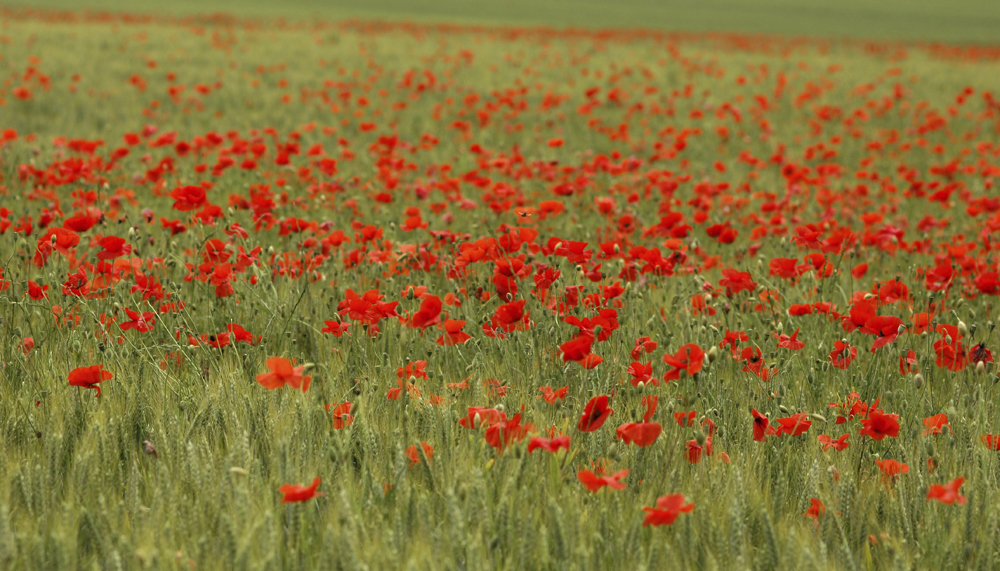
Take a voyage across the Aegean Sea and witness the history of World War 1 ANZAC nurses.
‘Is there anything new that can be said about World War I?’ was the topic of a Victoria University of Wellington conference last November. Those in attendance were overwhelmingly positive, but the impression remained that the war’s physical and emotional damage was something people still tended to avoid. Perhaps an upcoming journey at sea can help change that.
The unique sea voyage planned for September 2015 aims to open up the world of the sick and injured of the Gallipoli Campaign. On this seven-day journey, Noble Caledonia’s MS Serenissima will visit places of keen interest to Australians and New Zealanders, whilst nursing historians share their expert knowledge.
The cruise will begin in Athens, calling at Thessaloniki, Lemnos, Canakkale, and finally in Istanbul. ANZAC nurses and their history will be the focus, but the voyage will appeal to anyone interested in the care for the sick and injured of WWI.
Gallipoli already receives much attention, so this voyage will highlight the little-acknowledged place of Lemnos in ANZAC history. Allied hospitals on Lemnos cared for thousands of sick and injured ANZAC soldiers, and war with the Turks ended there in October 1918, with an armistice signed in Mudros Harbour.
Three years earlier, Mudros was buzzing with shipping activity. War ships were the constant back-drop for the military hospitals stationed around the harbour. Aboard Serenissima, passengers will see Mudros Harbour from the same vantage point as the Australian nurses did when they arrived in August 1915. If practicable, a landing may be made from one of Serenissima’s craft, re-enacting the arrival of the Australian nursing sisters by barge. From Lemnos, the cruise will continue towards the Turkish coast, the way the troops left the island for the Gallipoli invasion.
The Serenissima is an ideal vessel for this commemorative trip. Carrying only 100 passengers, it is able to visit places – like Mudros Harbour – that are inaccessible to larger vessels. On board, passengers will be able to appreciate the ANZAC nurses’ real fears of enemy attack. They may be reminded of when the troop ship Marquette was torpedoed in October 1915, as 10 nurses were amongst the 40 New Zealand Army Hospital personnel who died and are remembered at Mikra Cemetery near modern Thessaloniki.
To aid with the appreciation of these events and more, three notable historians of WWI nursing are contributing their expertise on this Mediterranean journey. Christine Hallett of Manchester University is the author of Containing Trauma: Nursing Work in the First World War, a revealing analysis of the writing of WWI nurses. Kirsty Harris of Melbourne University is the author of More Than Bombs and Bandages: Australian army nurses at work in World War I. Harris has extensive knowledge of individual Australian nurses who served. And Pamela Wood, of Federation University Australia, is an expert on New Zealand’s commemorations of the nurses aboard the Marquette and New Zealand’s nursing history.
And for one final bit of mystery, if time permits at Cape Helles we hope to visit the solitary grave of Lieutenant Colonel Doughty-Wylie of the Royal Welsh Regiment. Soldiers’ diaries record that the Turkish guns were silent in November 1915 when an unidentified woman dressed in black visited this grave. The mourner may have been Doughty-Wylie’s wife, a nurse working on Lemnos at the time, but there is speculation that it was Gertrude Bell, a Middle East explorer working in Cairo. After the war, Bell advised Winston Churchill on the creation of the kingdom of Iraq.
Email [email protected] for more information on the voyage.
Email: [email protected]




